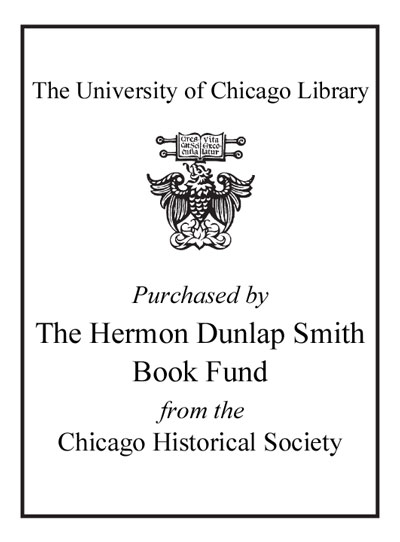Review by Library Journal Review
Seeking to "better convey the history of the greatest city in the world," Las Vegas native Weber (geography, Univ. of Alabama) goes further with 136 color maps illustrating the natural and human history of Las Vegas and the surrounding region. The author's work in general focuses on change, with his bio noting his study of the "changing geography of national parks and the American highway system," and that theme shows here. Maps illustrate a movement from a desert to an urban landscape and from a land majority-populated by Indigenous people to a glitzy gambling mecca. Lack of change is also interestingly highlighted, with the "persistence of early decisions" a theme in the maps that show, for example, the settlement decision of early Mormons as still apparent. There are multiple ways to use this work and therefore multiple audiences. The book will certainly be of use as a browsing item, given its clear, attractive maps accompanied by accessible, intriguing narratives, but it can also be used by students of cultural history, environmentalism, cartography, and more (cartography students will be interested to know that all the maps were created using data that's free on the web). VERDICT A gorgeous browse and an in-depth work of research that belongs on atlas shelves in public and academic libraries.--Henrietta Verma
(c) Copyright Library Journals LLC, a wholly owned subsidiary of Media Source, Inc. No redistribution permitted.
Review by Library Journal Review

